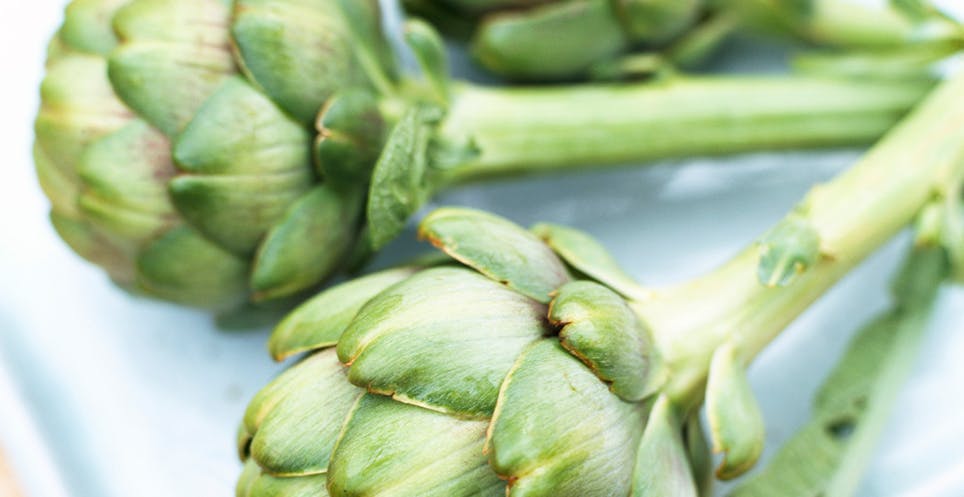
Getting enough fiber might seem difficult, especially if you don’t feel like eating any veggies.
You might be surprised by the types of meals that are high in fiber. And why is it important for us to consume enough fiber in our diets? Continue reading to learn more about the value of fiber and some high-fiber foods you can incorporate into your regular diet.
Dietary fiber intake is a crucial component of a healthy lifestyle in general. Roughage, or dietary fiber, refers to the bits of plants, animals, legumes, and whole grains that your body is unable to completely digest. Prior to reaching the colon or large intestine, where some dietary fiber is fermented by bacteria, it generally travels through your digestive tract undigested.
Normal bowel movements, softened stool, and support for bowel health may all be achieved with a high-fiber diet. Foods high in fiber have the tendency to be more filling than those low in fiber, which can also help you feel full.
Soluble and insoluble fibers are the two types of foods that contain fiber. Dietary fiber that dissolves in liquid and absorbs liquid during digestion develops into a gel-like structure is known as soluble dietary fiber. Foods including oats, peas, beans, fruits, and barley all contain soluble fiber. The second kind of dietary fiber that doesn’t dissolve in water and remains intact after digestion is called insoluble fiber. Insoluble fiber, which is present in foods like whole-wheat flour, almonds, and vegetables like cauliflower, green beans, and potatoes, aids in the transportation of food through your digestive system.
Include high-fiber foods in your everyday diet by adding them to smoothies, snacks, and regular meals. It’s crucial to start slowly and gradually increase your dietary fiber consumption if you want to increase the amount of fiber in your diet rather than all at once.








